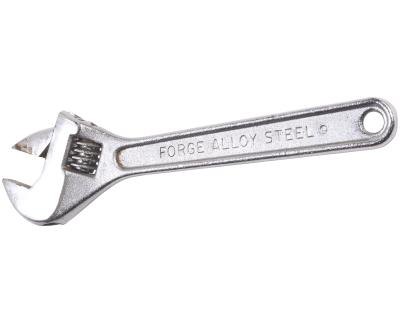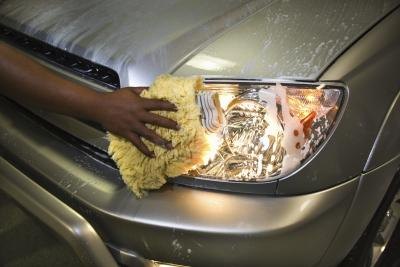How to Fix a Defective Fuel Gauge
Thursday, October 31, 2013 | Labels: a, defective, fix, fuel, gauge, how, to | 0 comments |
Your fuel gauge, as you might expect, lets you know how much fuel is in your gas tank. A defective fuel gauge can be a symptom of several problems such as a blown fuse, a broken circuit in the dash panel, or a fractured float -- the part attached to the sending unit in the intake fuel pump. In modern cars, you have two fuel pumps: the intake and main fuel pumps. The intake fuel pump is responsible for getting the gas up and out of the gas tank and registering the amount of fuel in the tank. The main fuel pump, located underneath the car, then grabs the fuel and sends it to the engine.
Instructions
Blown Fuse
- 1
Access the fuse box. Consult your cars manual to determine the exact location of the fuse box.
2Remove the cover of the fuse box using your hands. Flip it over to view the schematic diagram to determine which fuse controls the fuel gauge.
3Remove the fuse by hand and look at it in the light to ensure the element is not broken.
4Replace the fuse if the element is broken simply by inserting a new fuse where you pulled out the old fuse.
5Turn the ignition key to the "ON" position and see if the fuel gauge is now working. You do not need to start the car.
Broken Circuit in Dash Panel
- 6
Insert two specialty hooks on both sides of the dash panel to free up the panel enough to access the back of the panel.
7Disconnect all electrical wire leads to the back of the panel manually. This action is similar to unplugging an appliance from a wall socket.
8Pull out dash panel and place on the work bench. With a magnifying glass and ample lighting, inspect the back of the dash panel for a broken solder circuit. This is a slow and tedious process. If a broken solder circuit does exist, you will be able to see the breaking point in the circuitry.
9Replace the entire dash panel by inserting a new dash panel where the old dash panel had been. Reconnect all the electrical wire leads manually and then snap the new dash panel in place with a swift push using your hands.
Fractured Float
- 10
Consult your cars manual to confirm the location of the access panel to the fuel tank panel. If the fuel tank panel is located in the trunk of the vehicle, remove all the contents in the trunk of the car which includes the spare tire and jack and all cluttered debris, and the cloth lining in order to find the access panel to the fuel tank. The fuel tank panel is usually fastened with 4 to 8 10-mm bolts.
11Unfasten the bolts with an air ratchet and 8 to 10mm sockets to remove the fuel tank access panel. Disconnect the wiring harness that leads to the intake fuel pump sending unit with your hands.
12Use the brass hammer over the brass punch to loosen the additional panel that leads directly into the fuel tank and then use your hands to completely pullout the panel which includes the sending unit.
13Take the entire sending unit to the work bench to inspect. You should now be able to visually identify if the float is loaded with fuel and see the fracture if one exists. The float resembles and works like a ping-pong ball in water.
14To confirm that this is the problem, attach the new sending unit to the wiring harness and place the key in the on position -- move float up and down -- the fuel gauge should go up and down.


























